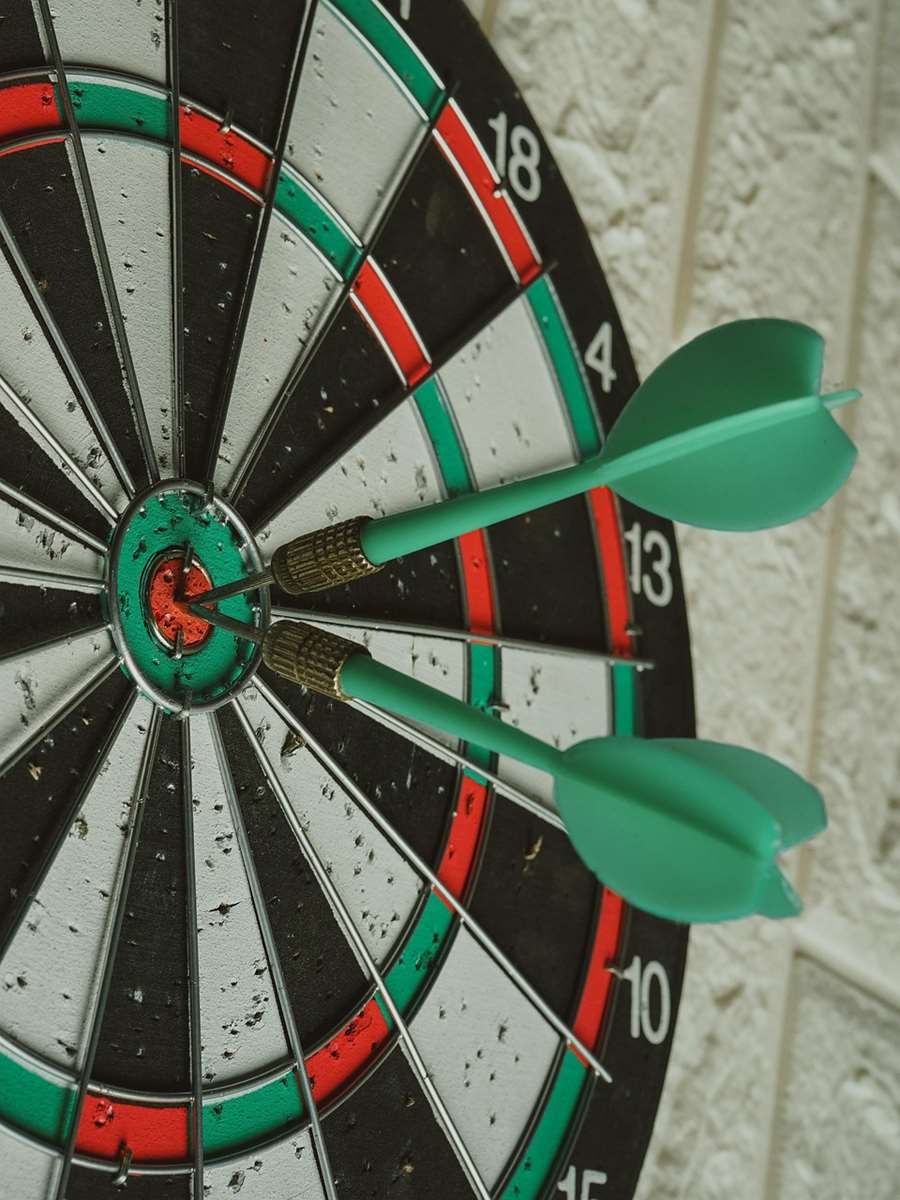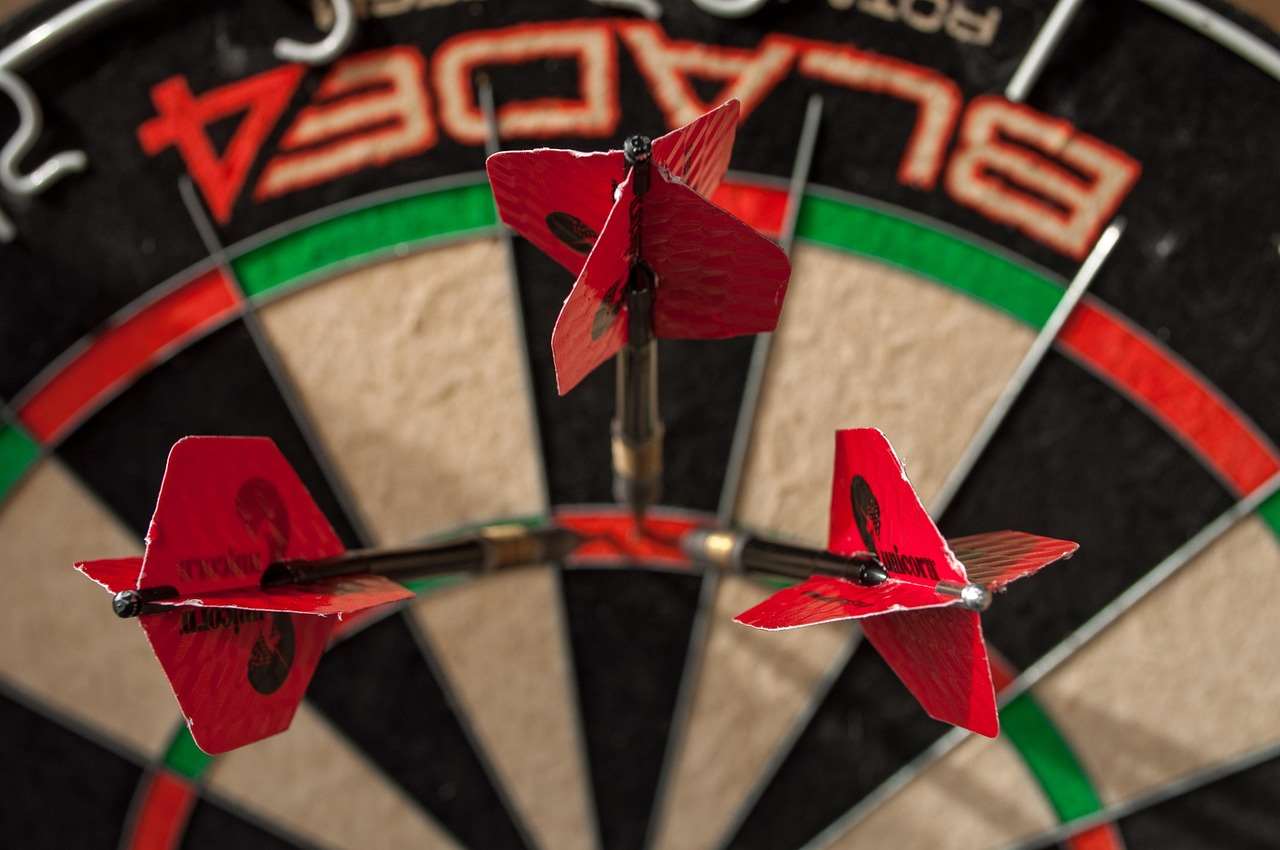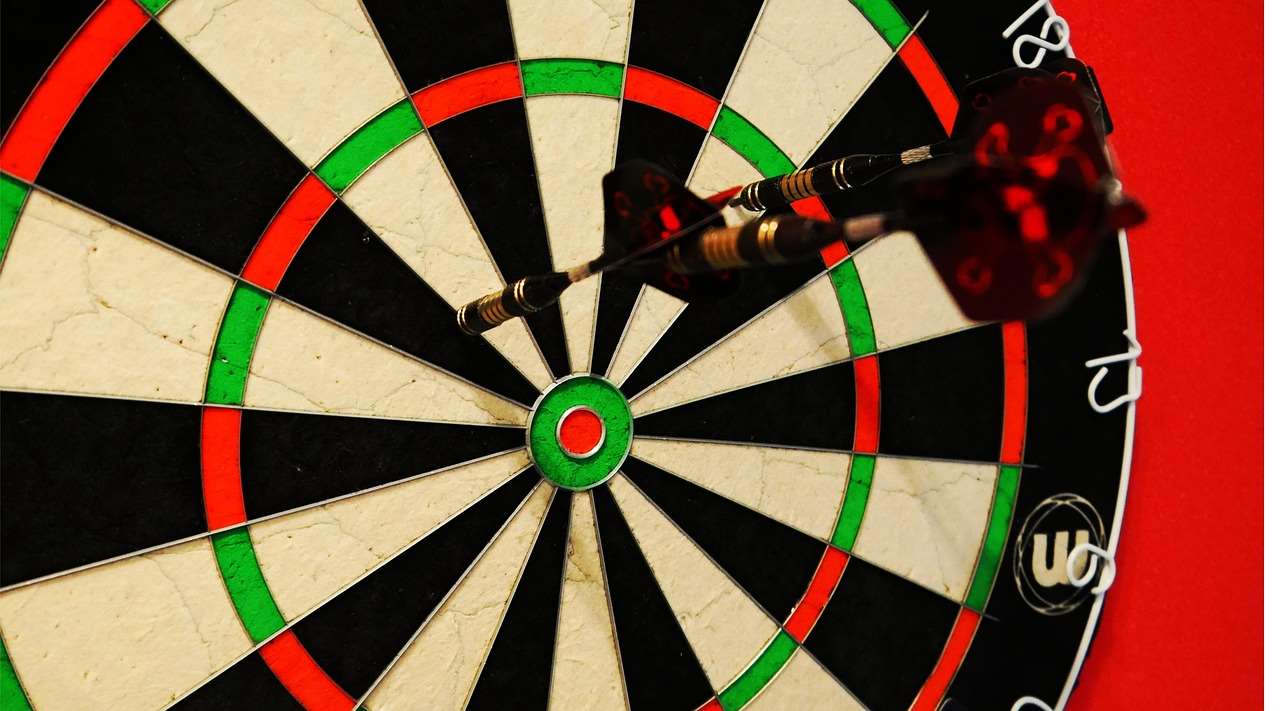Mastering the **Around the Clock darts league rules** is simpler than you think: the goal is to hit each number on the dartboard in sequence, from 1 to 20, and then the bullseye. This article will break down the complete set of **Around the Clock darts league rules**, covering everything from gameplay mechanics and scoring to common variations and strategies.
⚠️ Still Using Pen & Paper (or a Chalkboard)?! ⚠️
Step into the future! The Dart Counter App handles all the scoring, suggests checkouts, and tracks your stats automatically. It's easier than you think!
Try the Smart Dart Counter App FREE!Ready for an upgrade? Click above!
Understanding the Core Around the Clock Darts League Rules
The beauty of Around the Clock lies in its simplicity. However, adhering to a consistent set of rules ensures fair play and a competitive environment, especially within a league setting. Let’s dive into the fundamental Around the Clock darts league rules you need to know.
- Objective: The primary objective is to be the first player to hit all the numbers on the dartboard sequentially, from 1 to 20, followed by the bullseye.
- Starting Point: Players typically begin by aiming for the number 1. Once a player successfully hits the number 1 (single, double, or triple), they progress to number 2, and so on.
- Turns: Players usually take turns throwing three darts per round.
- Progression: A player advances to the next number only after successfully hitting the current number. If none of the three darts hit the target number, the player’s turn ends, and play passes to the next player.
- Winning: The first player to hit all numbers from 1 to 20 in sequence and then the bullseye is declared the winner.

Detailed Breakdown of Gameplay
While the basic premise of Around the Clock is straightforward, certain nuances can enhance the game and ensure fair competition, particularly within a **darts league**. Here’s a more detailed exploration of the gameplay.
Starting the Game
Before the game begins, a ‘bull up’ is often used to determine who throws first. Each player throws one dart at the bullseye; the player closest to the bullseye throws first. In some leagues, a coin toss or other random method might be used instead.
Hitting the Target Number
Any segment of the target number counts as a hit – single, double, or triple. For example, when aiming for the number 5, hitting the single 5, the double 5, or the triple 5 all count as successfully hitting the target.
Moving to the Next Number
A player only progresses to the next number on their *next* turn after successfully hitting the current target number. If a player hits their target number on the third dart of their turn, they start their next turn aiming for the subsequent number. They do not immediately throw at the next number in the same turn.
What Happens if You Miss?
If a player fails to hit the target number with any of their three darts, their turn ends, and play passes to the next player. On their next turn, they must continue aiming for the same number they missed previously. Consistent practice with Basic Darts Fundamentals for Beginners will improve your accuracy.
Hitting Numbers Out of Sequence
Generally, hitting numbers out of sequence doesn’t count. If a player is aiming for the number 7 and accidentally hits the number 10, they still need to hit the number 7 before progressing. Some variations might exist (discussed later), but standard Around the Clock darts league rules dictate sequential progression.

Common Variations and Modified Rules
Around the Clock is a versatile game, and many variations exist, offering different levels of challenge and strategic complexity. Leagues often adopt specific variations to make the game more interesting. Let’s explore some common modifications to the standard **Around the Clock darts league rules**.
Doubles and Triples Only
This variation requires players to hit only the double or triple segments of each number to progress. This significantly increases the difficulty and requires greater accuracy. This variation greatly increases the difficulty, and requires precise dart throws.
Clockwise or Counter-Clockwise
Instead of progressing in the standard clockwise order, players might play in a counter-clockwise direction. This simply changes the sequence but doesn’t fundamentally alter the game’s structure. This can lead to Fun dart game variations with modified rules.
Starting on a Random Number
Instead of always starting on number 1, players might randomly select a starting number (e.g., by drawing a number from a hat). This adds an element of unpredictability and can level the playing field.
Hitting the Bullseye First
Some variations require players to hit the bullseye before they can start hitting the numbers in sequence. This adds another layer of difficulty and tests a player’s ability to consistently hit the center of the board.
Handicap Systems
To accommodate players of different skill levels, some leagues implement handicap systems. A weaker player might start on a higher number, or a stronger player might have to hit doubles or triples to progress. Knowing How to make darts fairer with handicap rules is important for league fairness.

Strategies for Success in Around the Clock
While accuracy is paramount, implementing effective strategies can significantly improve your chances of winning Around the Clock. Consider these tips to enhance your gameplay:
Consistency is Key
Develop a consistent throwing routine. This includes your stance, grip, and release. Practicing regularly and focusing on repeatability will improve your accuracy over time.
Targeting Strategies
Don’t just aim at the center of the number. Consider the position of the surrounding numbers and aim for the side of the target number that provides a better angle for your next throw, especially when playing variations that require hitting specific segments.
Mental Toughness
Dart is a mental game as much as a physical one. Stay focused and avoid getting discouraged by missed throws. Maintain a positive attitude and concentrate on your next target.
Practice Under Pressure
Simulate game conditions during practice. This could involve playing against other players, setting time limits, or imposing penalties for missed throws. This can help you stay calm and focused when playing in a league setting.
Analyze Your Performance
Track your progress and identify areas for improvement. Are you consistently missing certain numbers? Are you struggling under pressure? Use this information to tailor your practice sessions and refine your strategies.
Gear Selection
Experiment with different dart weights, shaft lengths, and flight shapes to find the combination that works best for you. Proper equipment can improve your comfort and accuracy.

Organizing and Managing an Around the Clock Darts League
Running a successful Around the Clock darts league requires careful planning and organization. Here are some essential considerations:
Establishing Clear Rules
Before the league starts, clearly define all the Around the Clock darts league rules, including any variations that will be used. Distribute these rules to all participants and ensure everyone understands them.
Scheduling Matches
Create a schedule that is fair and accommodates the availability of all players. Consider using a round-robin format, where each player plays against every other player at least once.
Tracking Results
Implement a system for tracking match results and standings. This could be as simple as a spreadsheet or a more sophisticated online platform. Publicly display the standings to maintain interest and competition.
Communication
Maintain open communication with all league members. Use email, a messaging app, or a dedicated website to disseminate information about schedules, rule changes, and other important announcements.
Resolving Disputes
Establish a clear process for resolving disputes that may arise during matches. This might involve appointing a league commissioner or a panel of experienced players to make impartial decisions.
Creating a Positive Atmosphere
Foster a friendly and supportive atmosphere. Encourage sportsmanship and camaraderie among league members. Remember that the primary goal is to have fun and enjoy the game of darts.

Essential Equipment for Playing Around the Clock
To properly play the game, and especially within a league, having the correct equipment is necessary. Here’s a summary of what you need:
- Dartboard: A regulation-size bristle dartboard is essential.
- Darts: Each player needs a set of darts (usually three).
- Oche (Throwing Line): A clearly marked line to indicate the throwing distance (7 feet 9 1/4 inches from the face of the dartboard).
- Lighting: Adequate lighting is crucial for visibility.
- Scoreboard: A scoreboard or app for tracking scores.
- Dartboard Surround (Optional): A surround protects the wall from stray darts.
Understanding and adhering to these Around the Clock darts league rules, along with practicing regularly and implementing effective strategies, will significantly enhance your enjoyment and success in this engaging and accessible game.
Final Thoughts on Mastering Around the Clock Darts League Rules
Ultimately, understanding and applying the **Around the Clock darts league rules** is essential for fair play and enjoyment. From the basic sequence of hitting numbers to understanding common variations and league management, this article has provided a comprehensive overview. Remember to practice regularly, focus on consistency, and most importantly, have fun! Now that you understand the rules, get out there, join a league, and improve your game. Want to refine your technique? Check out our guide to adapting darts rules for beginners for more tips.
Hi, I’m Dieter, and I created Dartcounter (Dartcounterapp.com). My motivation wasn’t being a darts expert – quite the opposite! When I first started playing, I loved the game but found keeping accurate scores and tracking stats difficult and distracting.
I figured I couldn’t be the only one struggling with this. So, I decided to build a solution: an easy-to-use application that everyone, no matter their experience level, could use to manage scoring effortlessly.
My goal for Dartcounter was simple: let the app handle the numbers – the scoring, the averages, the stats, even checkout suggestions – so players could focus purely on their throw and enjoying the game. It began as a way to solve my own beginner’s problem, and I’m thrilled it has grown into a helpful tool for the wider darts community.